See Our Featured Products
-
 Select options This product has multiple variants. The options may be chosen on the product page
Select options This product has multiple variants. The options may be chosen on the product pageAircelli 24/7 -2700 Series – Mesh Back Chair
$1,629.00 – $1,929.00-
-
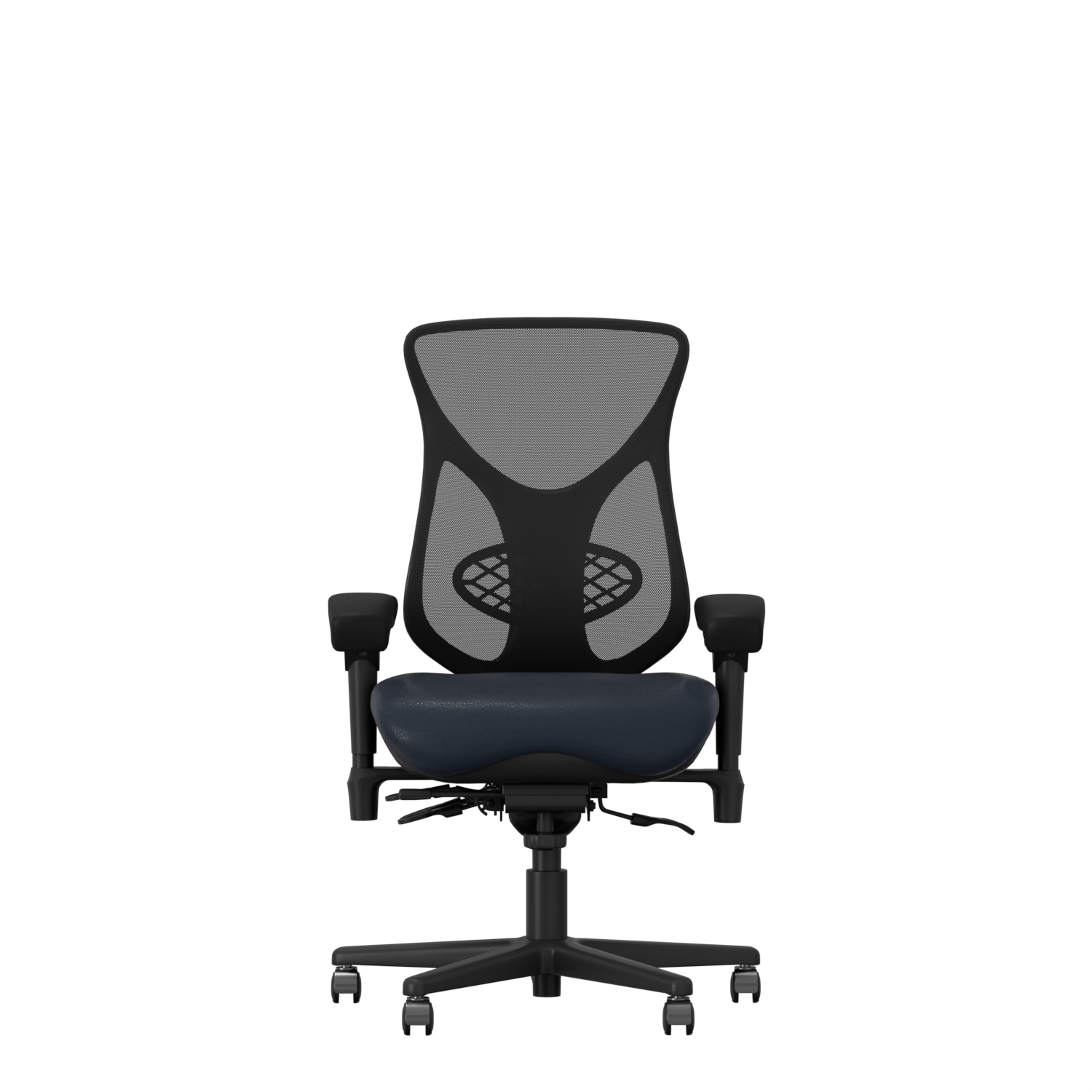 Select options This product has multiple variants. The options may be chosen on the product page
Select options This product has multiple variants. The options may be chosen on the product page-
-
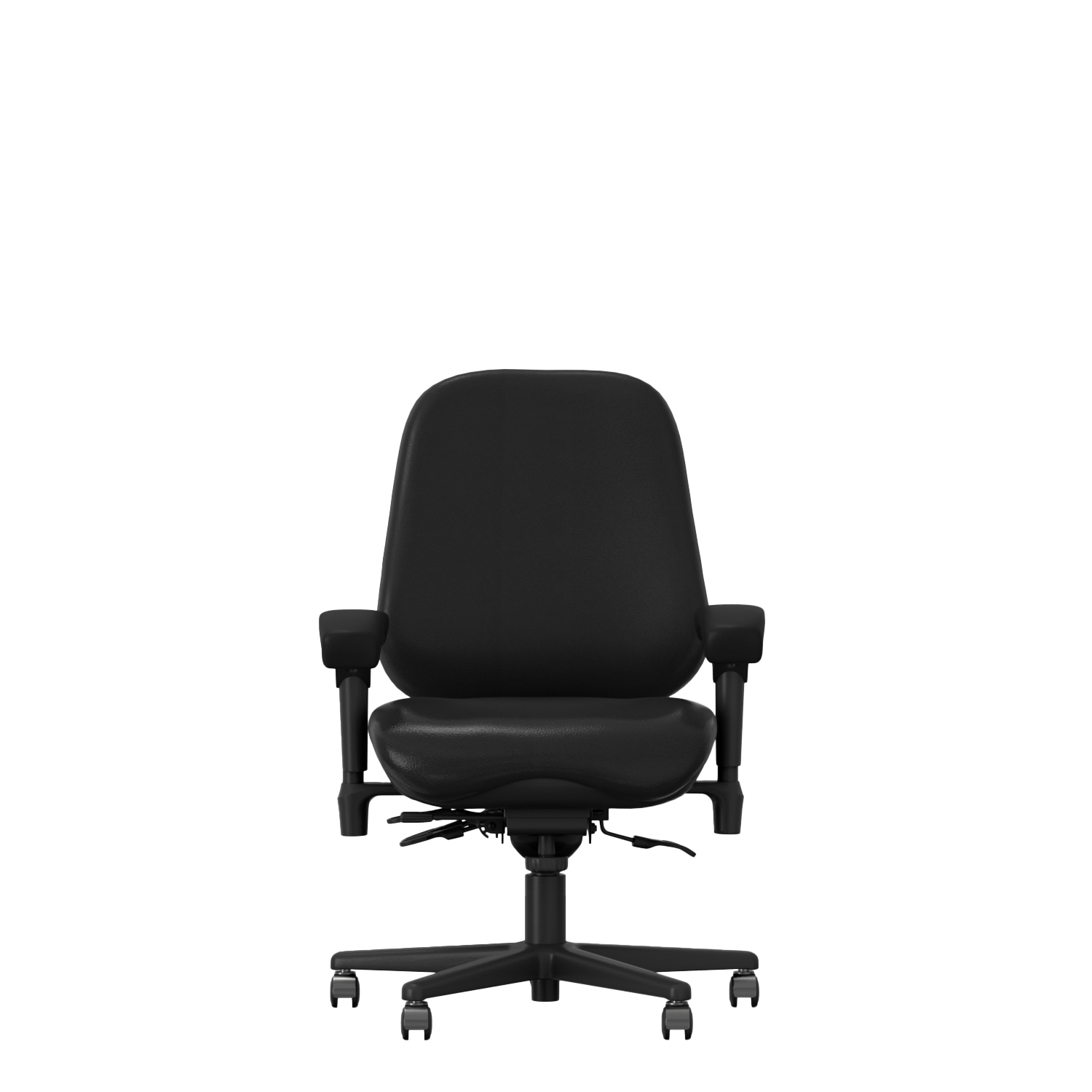 Select options This product has multiple variants. The options may be chosen on the product page
Select options This product has multiple variants. The options may be chosen on the product pageNEXT24 2500 – Intensive Use Series Chair
$1,845.00 – $2,055.50-
-
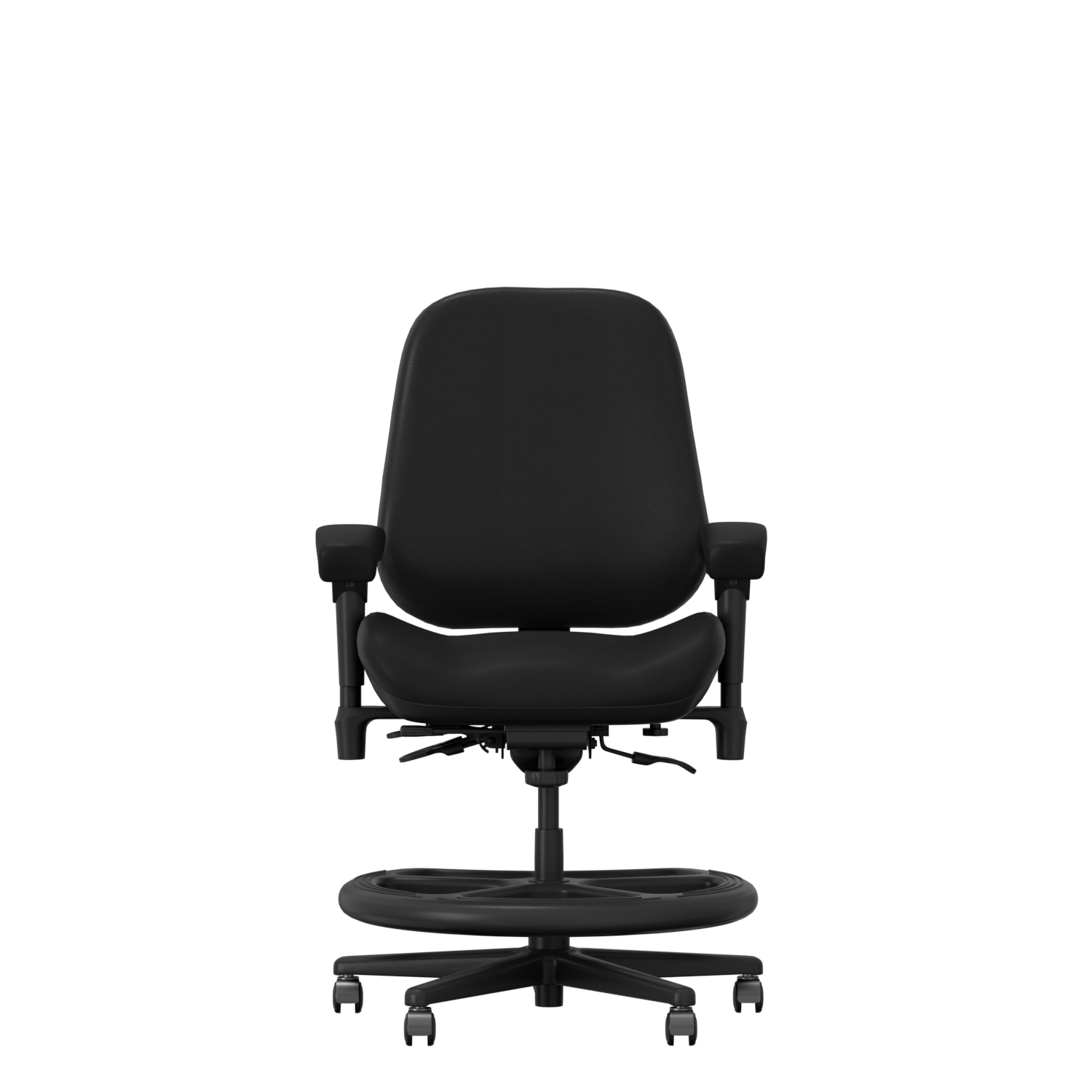 Select options This product has multiple variants. The options may be chosen on the product page
Select options This product has multiple variants. The options may be chosen on the product pageNEXT24 2500 Series – Intensive Use Stool
$2,130.50 – $2,631.50-
-
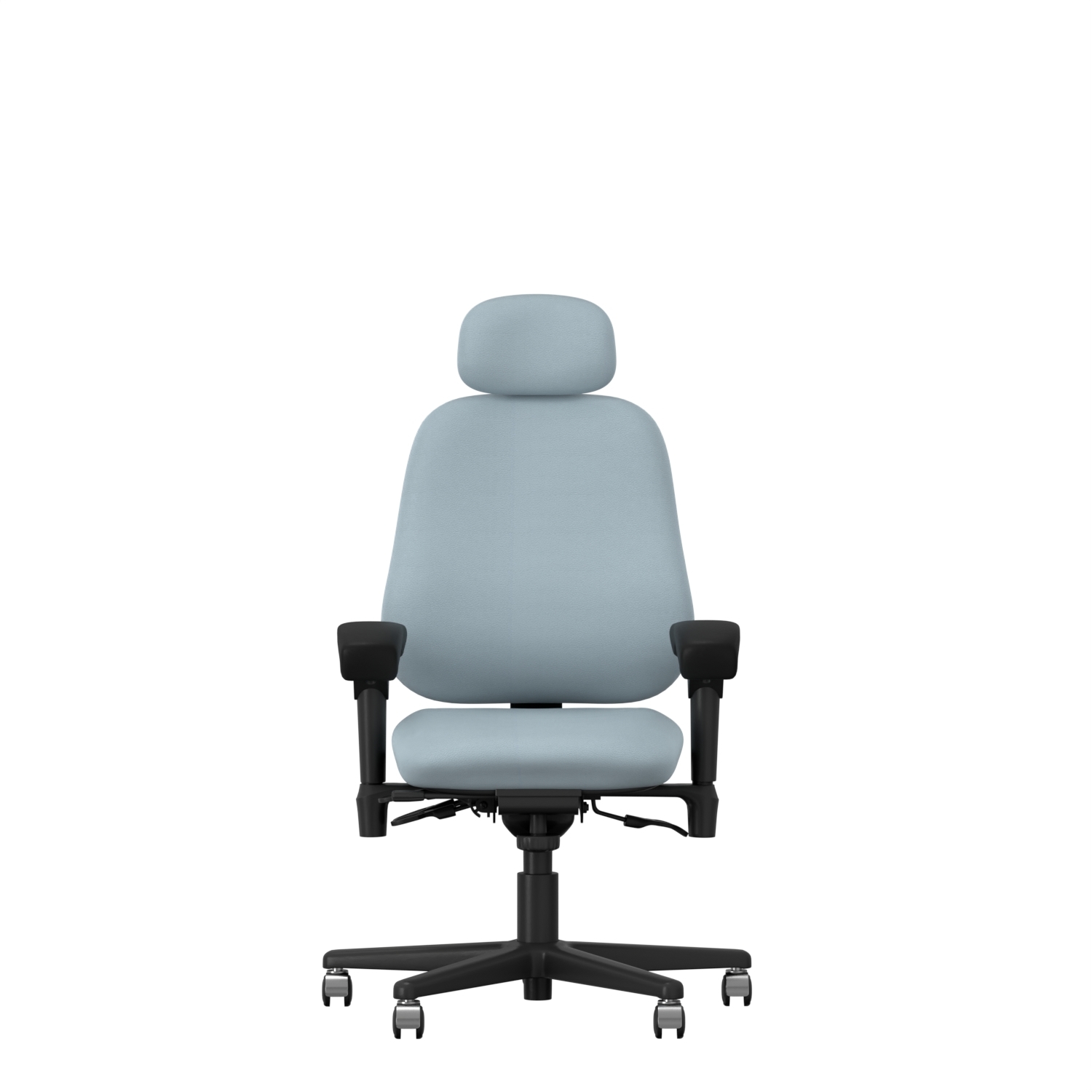 Select options This product has multiple variants. The options may be chosen on the product page
Select options This product has multiple variants. The options may be chosen on the product pageNEXT24 3400 – Intensive Use Series Chair
$2,827.00-
-
 Select options This product has multiple variants. The options may be chosen on the product page
Select options This product has multiple variants. The options may be chosen on the product pageNEXT24 3500 – Intensive Use Series Chair
$1,750.00 – $2,139.00-

Comfort for Intensive-Use and Long Hours
Ergonomic chairs are essential for every worker. They are even more critical when you need intensive-use chairs. Intensive use can refer to two different things. It can refer to an individual’s service. Someone sitting in a chair for long hours needs an intensive-use chair. It can also refer to a chair that will be used intensively. For example, if you have a 24/7 call center, where chairs will be used round-the-clock, those are also intensive-use chairs. So intensive-use chairs need to be comfortable and sturdy enough to have approximately three times the annual wear-and-tear you would have in a standard office environment.

Round-the-Clock Use
You will have your office equipment doing double duty when you operate a 24/7 work environment or even a double-shift environment. People will likely share desks or cubicles, computers, and chairs. So, the first thing you need in an intensive-use chair is adjustability. They need to be easy to adjust, flexible, and comfortable.
The other thing you need is durability. The lifetime of an office chair depends significantly on the quality of the chair. Cheap chairs you pick up at a big box store may last a year or so under normal conditions. Quality office chairs should last seven to eight years. However, those numbers are based on regular use. Having multiple users use the chair round-the-clock means they need to be sturdier. If not, you could anticipate that the chair would fail within two or three years.
You need more durable seating to get seating that can stand up to round-the-clock usage. They need durable fabrics and pieces that can stand up to intensive use in various settings.

Environmental Responsiveness
Furthermore, if you run shifts in an office, people are probably tied to their desks. Generally, offices do not operate 24/7. The environments that do operate 24/7 tend to be high-stress positions. Some examples include:
- Call Centers
- 911 Dispatchers
- Medical Offices
In those environments, people may need to stay close to their desks. They cannot get as many physical breaks from their desks as in other office settings.
Why is that important? If you have a stressful job, you are more likely to hold your body in a way that exacerbates existing tensions. Your workers need a comfortable computer chair for long hours because they may have busy shifts without taking a break from their chairs. They also need flexibility. In hectic workplace environments, they may need to move around, reach various things on their desks, and be able to communicate with other people in the office, all without leaving their chairs.
At BodyBilt, we offer our innovative SKYDEX technology to improve the comfort of long-sitting chairs. Our SKYDEX technology reduces seated pressure by up to 52%. That not only makes your employees more comfortable, but it also makes them less likely to fidget.
What do we mean? Think about the last time you sat in an uncomfortable chair. How much did you fidget and move around to find a comfortable position? While fidgeting, itself, is not bad, it can put you in compromising physical positions. If you move around to alleviate pressure on your hips, legs, or back, you could slump, creating a head-forward posture that will ultimately increase pressure and pain.

How Ergonomic Chairs Can Help
Ergonomic chairs offer a plethora of benefits. They can help improve breathing, circulation, and digestion. Those are all critical, especially for employees in high-stress positions. They also provide direct physical benefits. They support proper posture by providing a naturally curved back that mimics the curve of your spine. They help ensure proper hip and pelvic alignment, releasing stress and strain on your lower back. They support your head, which can help reduce the temptation to slouch and help prevent a head-forward posture. They help arm and wrist placement, helping reduce strain on your shoulders and reducing the risk of repetitive stress injuries. Finally, they support your trunk, helping bolster core strength, making it easier to sit properly, and reducing the risk of injuries through movement.

What Do You Need for an Intensive Use Chair?
We think that every person deserves an adjustable, comfortable office chair. However, it is even more critical for people sitting for long periods and for multiple workers’ chairs. You need to invest the money in great chairs with maximum adjustability. You want to be able to adjust the height, seat depth, seat and backrest angles, and the arms. Keep in mind that not all adjustable arms are the same. Some adjustable arms only focus on height, but you want to get chairs where you can adjust the width and angle to minimize the risk of injury.
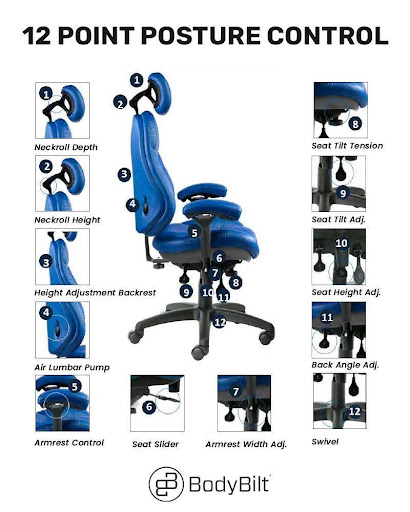
Posture Is Important
We hate to sound like your grandpa, but sit up straight. No, really, it is essential. You should be sitting up straight in your chair instead of slouching. Why is slouching so bad? Your head is weighty. Think of the last time you went bowling. Your head is about as heavy as a bowling ball. When you are sitting erect, your head is supported perfectly by your spine. When you are slouching, your spine no longer supports your head. Instead, your neck, shoulder, and back muscles strain to support it. Your head pulls on your spine, which pulls your shoulders forward. It creates a hunched shape that can become permanent.
Over time, slouching lengthens and weakens the muscles in your back and shoulders while shortening and tightening the muscles in your chest and neck. The result is a condition known as upper cross syndrome. A visible sign of this is a hump at the base of your neck. While the hump is unsightly, even worse are the other effects. Upper cross syndrome can cause headaches, neck pain, chest tightness and pain, upper back, and shoulder pain, restricted range of motion in your neck and shoulders, and difficulty with sedentary activities.
Ergonomic chairs help you maintain a natural posture. While people may tell you to sit up straight, the last thing you need is a straight-backed chair. That is because your spine is not straight. You have a natural curve in the lumbar region of your spine. It naturally curves forward. So, a straight-back chair does not offer lumbar support.
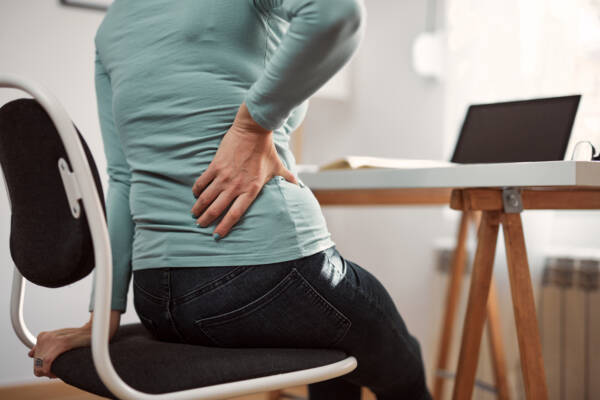
Do Not Neglect Your Hips
Have you ever felt hip pain after sitting for too long? Have you noticed it moving to your lower back area? That is no surprise. If you do not tilt your pelvis correctly, you shift what part of your body handles the body weight. Your body is designed so that the ischial tuberosities at the bottom of the pelvis are weight-bearing when you sit. If you tilt your pelvis backward, your body weight is focused on your sacrum. That can create pain radiating down through your legs and up through your back. Ergonomic chairs can help you sit with your feet placed flat on the floor and your knees and hips at 90-degree angles.
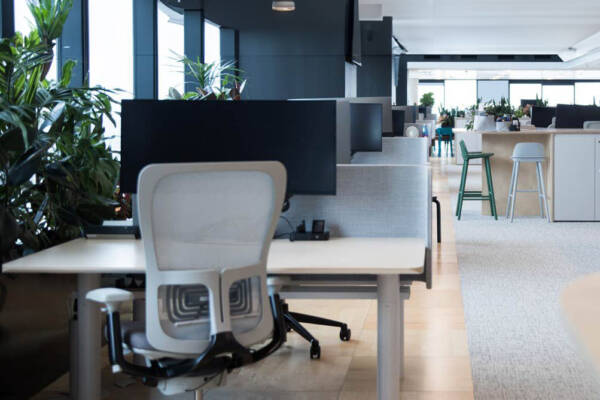
Signs You Need Intensive Use Chairs
How do you know if your current chairs are okay? Talk to your employees. Ask them how they feel at the end of a workday. Humans are not meant to be sedentary, so most people will want to get up and walk around at the end of the workday. So, wanting to move is not necessarily a bad sign. Your employees should still have the energy and pep to get up and move at the end of a workday.
You want to ask them whether they feel pain on the workday. Do you notice employees wearing braces or other types of support? Ask them if they are using pain relievers. Find out how many are getting chiropractic or other medical care. If your workers need medical intervention, you need better office equipment. BodyBilt can help.
